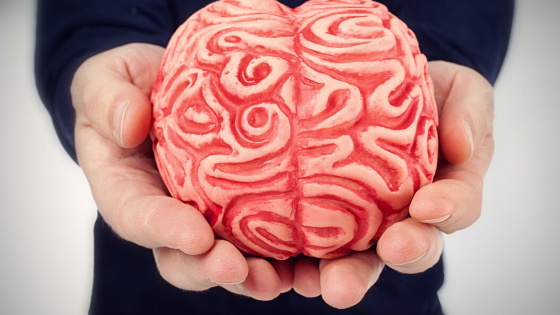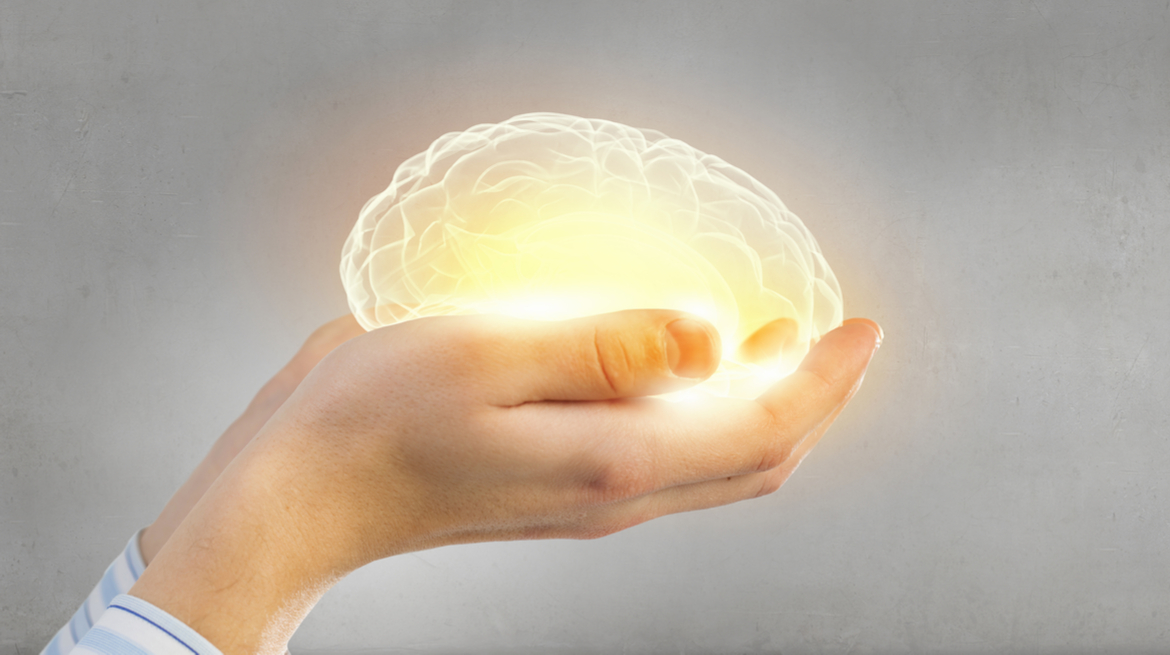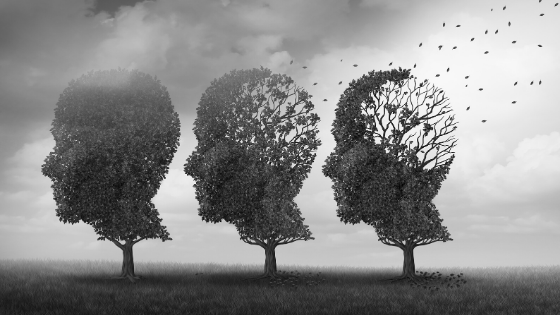Nora Kassay-Farkas is the lead Functional Medicine Health Coach and Natural Nutritional Clinical Practitioner at Linden & Arc Vitality Institute. Nora is pleased to provide nutrition consultations and Functional Medicine health coaching to you in your journey to wellness. We sit down with Nora here to gain insight into the role of nutrition in Functional Medicine.
How did your path to holistic healthcare begin?
Like many practitioners, my path to holistic healthcare was inspired by a health crisis. After a series of stressful life events thirty years ago, I developed adrenal dysfunction. This left me depleted physically, mentally, and emotionally. At that time, holistic health care was in its infancy in Calgary. There were only a handful of clinics offering complementary health care. While conventional medicine was able to manage many of my symptoms, it was an intuitive holistic herbalist that truly set my healing path in motion. She revealed to me that the mind, body, soul, and spirit are intimately linked. Furthermore, I needed to heal the less visible wounds in my mind, soul and spirit, to heal my broken body. The journey back to health was long but fuelled my passion and desire to study and work in the holistic healthcare field.
Can you tell us a bit about your educational background?
I have always loved the biological sciences and received a BSc in Microbiology, followed by an MSc in Medical Science with a focus on Cardiovascular Pharmacology from the University of Calgary. Working as a medical research scientist for a number of years, followed by a brief career in Pharmaceutical sales.
I studied and obtained my Holistic Nutrition Diploma from the Canadian School of Natural Nutrition. I have gone on to complete advanced training in Functional Nutrition, Culinary Nutrigenomics, and Autoimmune Disease Dietary Protocols.
What excites you about food and nutrition?
My understanding that food is more than energy. It is information. The nutrients in food contribute to a cascade of events that sends a multitude of signals throughout our bodies. Not only are these nutrients involved in events such as the synthesis of hormones or triggering the immune system, but they also have the ability to turn genes off or on. It is so empowering to understand that our genes do not necessarily hold us captive. By harnessing the power of food, we can successfully shift their expression to our advantage.
What is your favourite part about working with clients?
I receive my greatest pleasure from seeing clients respond favourably to a nutrition program that I have developed for them. It is incredibly rewarding to play a role in their healing journey and to be witness to their transformation.
What are some ways your Functional Nutrition & Functional Medicine Coach training has affected the way you approach consultations?
The Functional Medicine Coach training has provided me with a host of skills that I now routinely employ in my consultations. A new one for me is to gather myself before a consultation with some breathwork or a short meditation. This allows me to clear my head and to refocus my attention so that I can be present both intellectually and emotionally when I meet with my clients.I also employ character strength explorations during consultations. Identifying that which is core about a client’s personality has proven to be an invaluable tool for revealing how to best guide and share information with them. Possibly the most impactful skill that I now employ is the art of listening. Allowing clients space and time to share their stories, listen to their challenges, and work through the practicalities of dietary and lifestyle interventions ensures that they feel in control and achieve success.
Favourite nourishing foods?
Nora: My favourite nourishing foods are those that I grew up with. As a child of European parents, some of my earliest and fondest memories were of helping my mother in the kitchen preparing traditional Hungarian dishes. I can still smell the aroma of dishes like Chicken Paprika or a spicy Goulash. Foods prepared from scratch and they subscribed to the tradition of nose to tail cooking. I routinely ate liver, kidneys, and even blood sausage. While I no longer have the time to prepare many of the labor-intensive dishes, the memory of how delicious and nutritious they were remains with me to this day.
Favourite nutrition and lifestyle resources?
I love recipe books and am especially drawn to those consistent with my nutritional philosophies. Nourishing Traditions by Sally Fallon, The Longevity Kitchen and the Healthy Mind Cookbook by Rebecca Katz, Healing Spices by Bharat B. Aggarwal, PhD, and the UnDiet Cookbook by Meghan Telpner are a few of my favourites.
To fulfill many of my medical/nutritional interests, I explore websites and listen to podcasts.
My Favourite Podcasts
- Health Means at healthmeans.com is an online health channel that provides advice from a vast collection of medical experts on a variety of health related conditions.
- Rhonda Fitzpatrick, PhD: Podcast- Found My Fitness. Rhonda interviews leading researchers working in the fields of nutritional biochemistry, nutrigenomics, longevity and beyond.
- Peter Attia, MD: Podcast- The Drive. Dr Attia is a very curious MD interviewing some brilliant thinkers in health and medicine.
- Katy Bowman: Podcast- Move Your DNA. Katy is part biomechanist, part science communicator, and full-time mover that has educated hundreds of thousands of people on the role movement plays in the body and in the world. She blends a scientific approach with straight talk about sensible, whole-life movement.
My soulful side enjoys the podcast by author and host Emily P Freeman entitled The Next Right Thing and a daily Sacred Meditation from Encounter.com
Favourite nourishing practices for your body/skin?
I enjoy ending my day with a soak in an Epsom salt bath while listening to a relaxing audiobook or podcast. Other nourishing practices for me include lymphatic massage, far-infrared sauna, and weekly manual physiotherapy sessions.
Essential oils are an important part of my daily self-care routine, whether diffused, applied, or consumed.
What lights you up?
As cliché as it may sound, it is my relationships that light me up. It is the relationship that I have with God, my family, friends, co-workers and clients that are the driving force behind all that I do and all that I am.
I have a deep love of learning and enjoy challenging myself by learning new skills both professionally and personally.
To book a session with Nora, contact us at [email protected].













